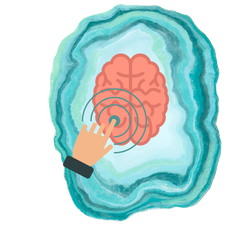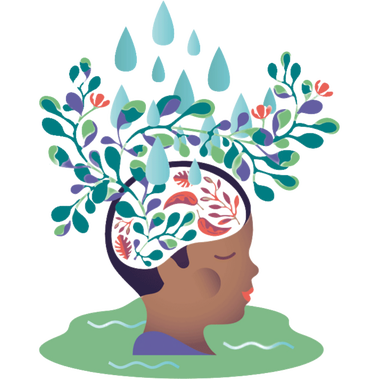Dealing with emotions can feel like a rollercoaster, right? They can really take over sometimes. But, good news, if we figure out what sets us off and find ways to handle it, we can react calmly instead of on impulse. This post is all about helping you spot those emotional triggers and create your own little toolkit to chill them out. Basically, we're aiming to get you back in the driver's seat of your feelings.

1. Conducting a Personal Trigger Inventory
Okay, let's figure out what sets you off emotionally. Think about work, your relationships, family, even stuff from the past. When do you get really angry, anxious, frustrated, or sad? Write down what was going on, how you felt, and if you noticed any signs – like your heart racing or feeling dizzy – right before you reacted. Spotting these patterns is key. You’ll start to see what really pushes your buttons, and that's how you get a grip on your emotions.
2. Connecting Past Experiences to Current Reactions
Turns out, our emotional triggers usually come from stuff that happened before, like when we were kids, or from relationships, or big life changes—they don't just pop up for no reason. Sometimes, we freak out over something small because it reminds us of old emotional baggage.
So, if you notice you're getting super emotional, try asking yourself:
- Am I overreacting because of something that happened a while ago?
- How are those past experiences messing with how I'm feeling now?
Figuring this out can help you see that old hurts aren't the same as what's going on right now. Plus, dealing with that old stuff means it won't keep calling the shots on how you react to things today.
3. Recognizing Physical and Mental Warning Signs
Our bodies tell us when we're about to have a big emotional reaction. Think racing heart, fast breathing, or a tight jaw for physical signs, or feeling super frustrated, tense, or down on yourself for mental cues.
If you start noticing these early signs, you can kinda catch yourself before things blow up. When you spot them, try some calming techniques to chill out and not do something you'll regret.
Say your heart's going a mile a minute because you're stressed. Try taking some deep breaths and just pausing to really look at the situation before you react. This way, you can choose to respond calmly and thoughtfully instead of just exploding emotionally.
4. Creating a Graduated Exposure Plan
Facing deep fears and anxieties can be super tough when emotions flare up. But, you can tone them down little by little by easing into those situations. Start small, with the less scary stuff, and work your way up. Basically, you build up your tolerance, and those emotional triggers just won't hit as hard anymore. Make a list of what sets you off, going from the least to the most intense, and tackle the easiest ones first. Over time, even the big triggers will start to feel less overwhelming.
5. Developing Personalized Cognitive Reframing Scripts
So, our thoughts really shape how we feel. When things get to us, we can go down the rabbit hole of negative thinking. But here's the good news: we can flip that script with something called cognitive reframing.
Basically, it's about changing how we see things. We challenge those knee-jerk negative thoughts and swap them for more realistic and positive ones. It helps to have a little script ready for when you're triggered. You can look at it and respond in a calmer, more level-headed way.
Like, instead of thinking "This is so unfair and I'm totally losing it" when you're stressed at work, you can tell yourself, "I got this. I can stay calm and figure out a solution."
6. When and How to Seek Professional Help
Emotional triggers can really get to you, especially if they stem from past trauma or mental health struggles. When those reactions feel too much to handle, it's definitely a good idea to reach out to a therapist, counselor, or coach. They can offer guidance and techniques to help you heal and gain better control over your emotions. Mental health experts can assist in addressing past experiences and developing ways to manage those emotional triggers.

Putting It All Together
Trigger mapping is a process that can help you shift from reactive to responsive behaviors. This is achieved by identifying your triggers, understanding their origins, recognizing early warning signs, and employing techniques such as graduated exposure and cognitive reframing to manage your emotional responses.
This process requires time and consistent effort, but with patience and dedication, you can improve your emotional regulation and respond thoughtfully to situations that were once triggering.


Add comment
Comments